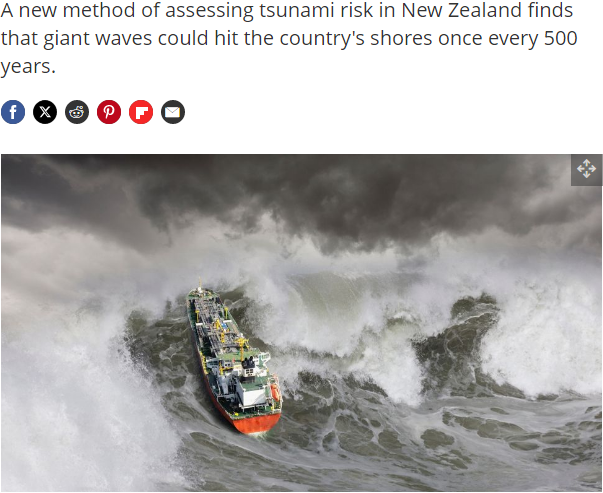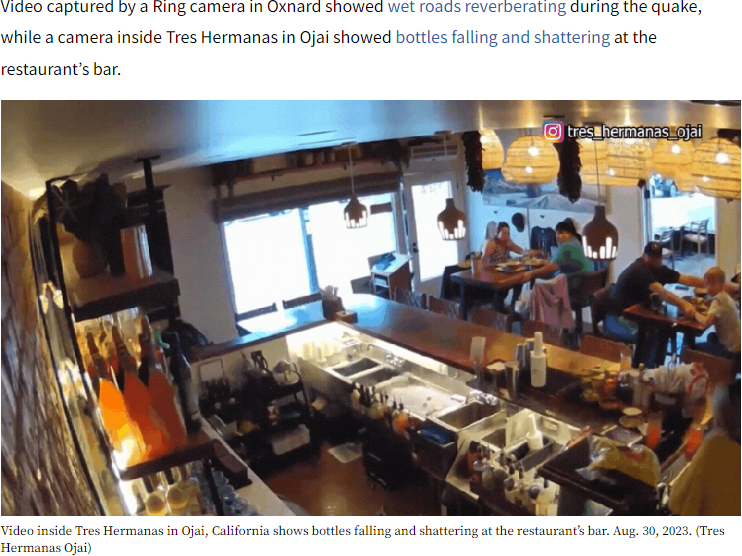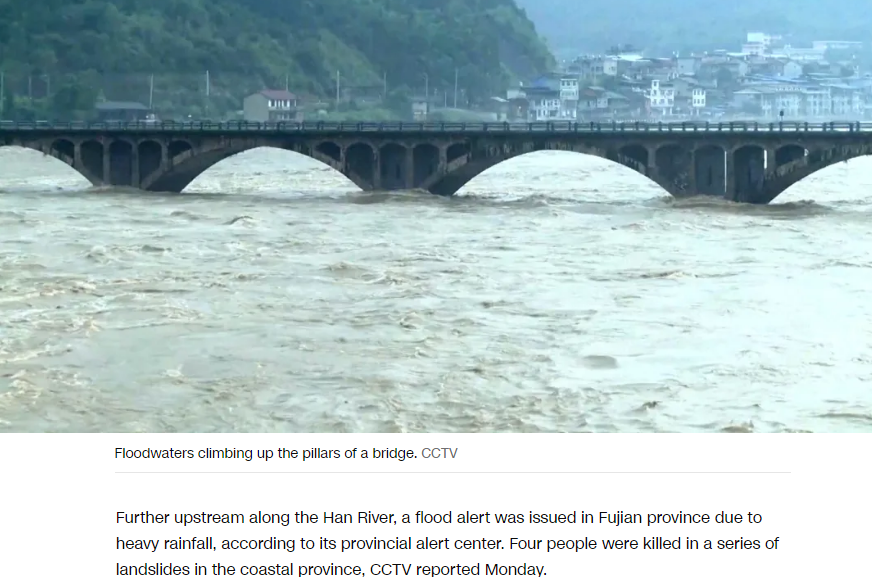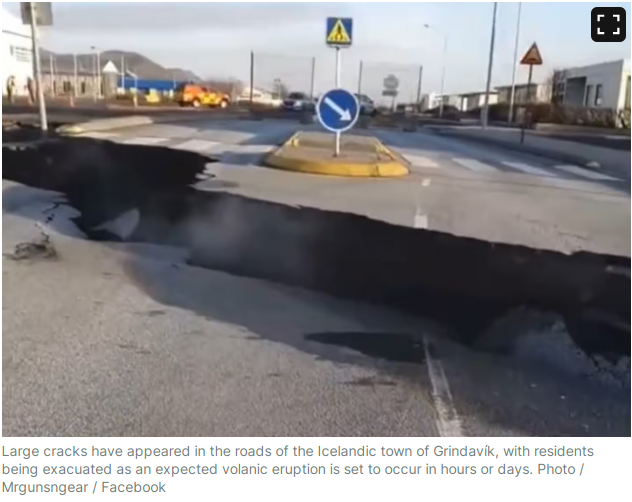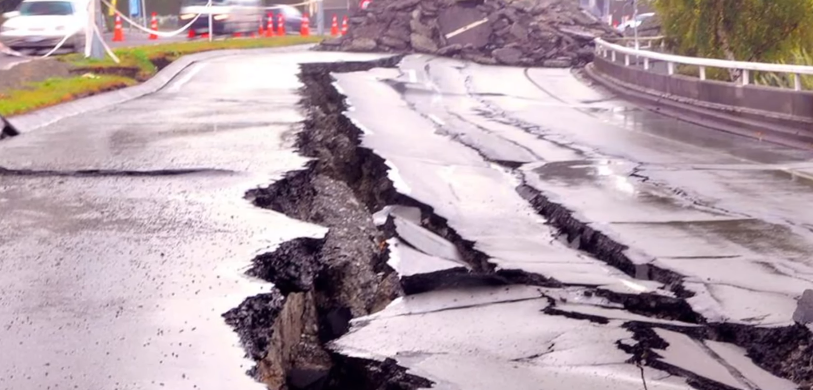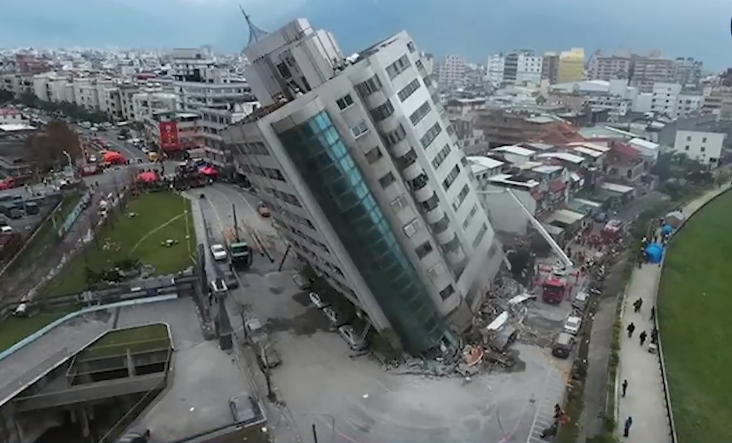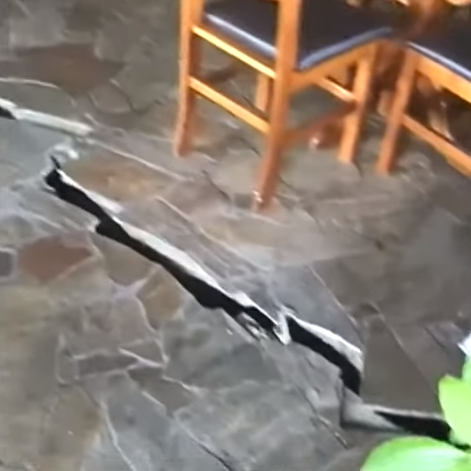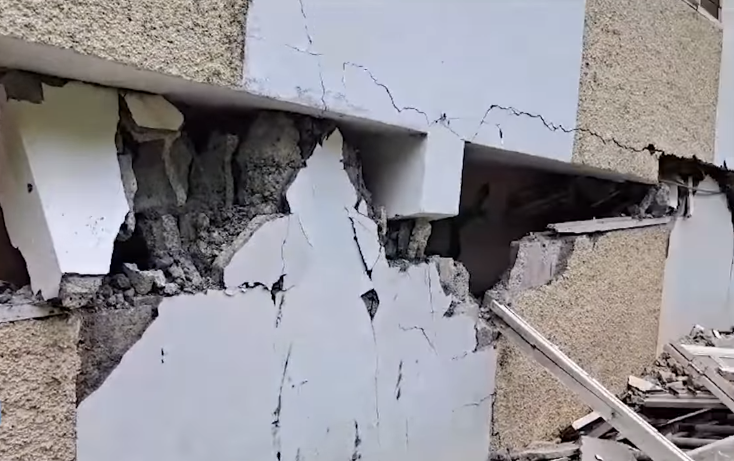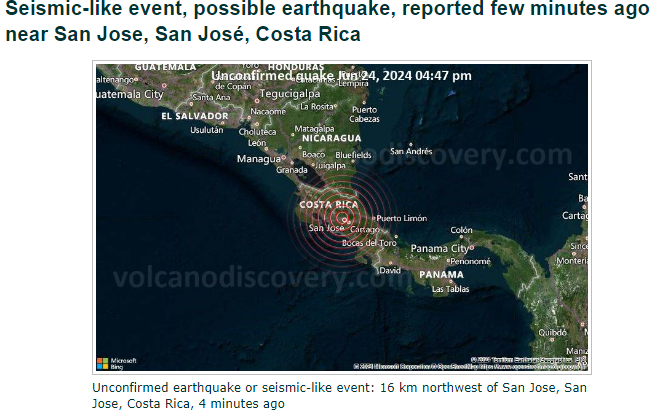| State | Current Warnings |
|---|---|
| Northern Territory | No Warnings Current |
| Western Australia | Marine Wind Warning Summary for Western Australia |
| South Australia | No Warnings Current |
| Queensland | No Warnings Current |
| NSW and ACT | Marine Wind Warning Summary for New South Wales, Warning to Sheep Graziers for Southern Tablelands, South West Slopes, Snowy Mountains and Australian Capital Territory forecast districts |
| Victoria | Marine Wind Warning Summary for Victoria, Frost Warning for Northern Country, North Central, North East and West and South Gippsland forecast districts, Warning to Sheep Graziers for North East forecast district |
| Tasmania | Marine Wind Warning Summary for Tasmania, Flood Warning Summary (TAS), Minor Flood Warning for the North Esk River, Final Flood Warning for the South Esk River, Road Weather Alert for Tasmania for North West Coast, Central North, North East, Central Plateau, Midlands, East Coast and Upper Derwent Valley forecast districts |
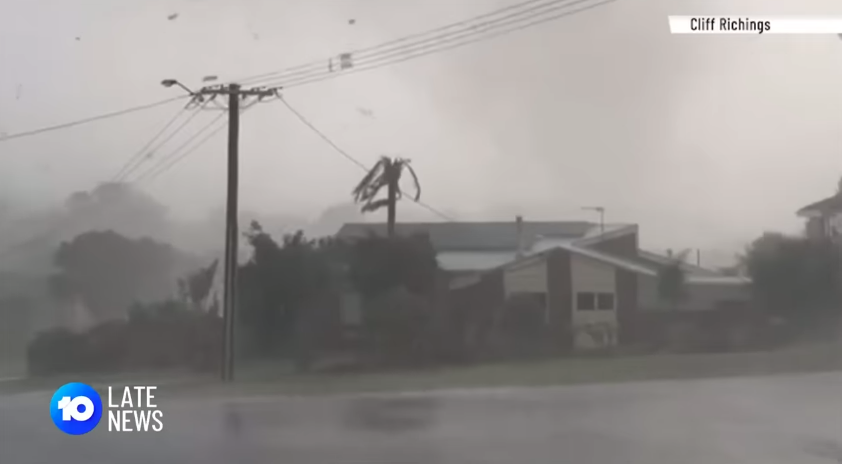
Tornadoes are a rare but potentially dangerous weather phenomenon in Australia. While they are not as common as in other parts of the world, it’s essential to understand what to do when a tornado warning is issued. This article will provide you with all the necessary information to stay safe and prepared.
Understanding Tornado Warnings in Australia
The Bureau of Meteorology (BoM) is responsible for issuing tornado warnings in Australia. They use a three-tiered warning system:
- Severe Thunderstorm Warning: This warning is issued when a thunderstorm is likely to produce large hail, damaging wind gusts, heavy rainfall that may lead to flash flooding, or tornadoes.
- Tornado Warning: This warning is issued when a tornado has been sighted or indicated by radar. It provides detailed information about the tornado’s location, movement, and potential impacts.
- All Clear: This message is issued when the tornado threat has passed, and it’s safe to resume normal activities.
Preparing for a Tornado
Know Your Warnings
Stay informed about the weather by monitoring official warnings from the BoM. Familiarize yourself with the different types of warnings and their meanings.
Create an Emergency Plan
Develop a family emergency plan that includes a designated safe area, communication strategies, and evacuation routes.
Build an Emergency Kit
Prepare an emergency kit that includes essential items such as water, non-perishable food, first aid supplies, torches, and batteries.
During a Tornado
Stay Indoors
If you are inside a building, move to the lowest level and find an interior room with no windows, such as a basement or a small interior closet.
Protect Yourself
Cover your head and neck with your hands and, if possible, cover yourself with a mattress or heavy blankets for added protection.
Avoid Windows
Stay away from windows, as flying glass can cause serious injuries.
Do Not Go Outside
Do not go outside during a tornado, even if it appears to be moving away from your location.
After a Tornado
Check for Injuries
Check yourself and your family members for injuries. If anyone is injured, call for medical assistance immediately.
Assess Damage
Inspect your home for damage, but be cautious of potential hazards such as downed power lines, gas leaks, and structural damage.
Report Damage
Contact your local council or emergency services to report any damage or hazards in your area.
Tornado Safety Tips
- Stay informed: Monitor official weather warnings and updates from the BoM.
- Prepare an emergency kit: Ensure you have essential items in case of a tornado.
- Create a family emergency plan: Develop a plan that includes a safe area, communication strategies, and evacuation routes.
- Know what to do during a tornado: Stay indoors, protect yourself, and avoid windows.
- Check for injuries and damage after a tornado: Inspect your home for damage and report any hazards to your local council or emergency services.
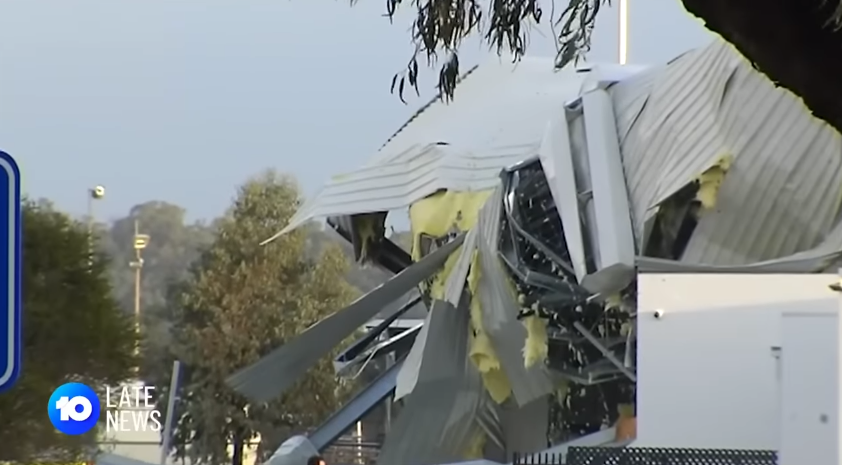
By following these safety tips and staying informed, you can help protect yourself and your family during a tornado warning in Australia. Remember, your safety is the top priority, so always take official warnings seriously and take appropriate action when necessary.

